Many students were already eagerly on the turf before 10:45 A.M. on Monday, April 8, to observe the solar eclipse, when classes were interrupted so the whole school could be present.
Once they arrived, they were handed paper protection glasses and immediately tried them out, while being constantly reminded by school officials to wear them when looking at the sun.
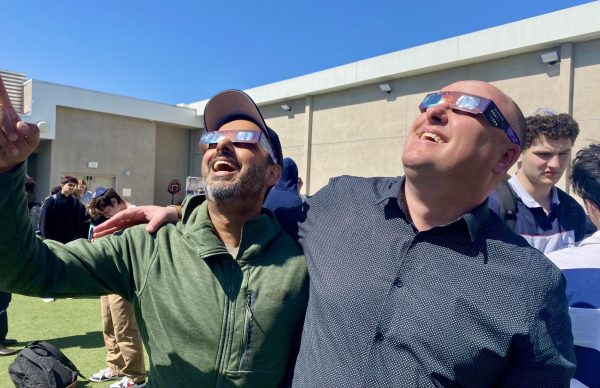
“Use the glasses even when trying to take a picture with your phone,” said Mr. Taek Chang of the science department. If the camera was not covered by the protection glasses while trying to capture the picture, the camera lenses would be ruined, too, he said.
More warnings came from school IT Director Mr. Yossie Frankel.
“Remember, don’t look directly at the sun without glasses because it will cause damage to your retinas,” Mr. Frankel said.
Some students still found a direct view hard to resist.
“I’m so tempted to look at the sun without the glasses,” said freshman Maya Dahan.
But no eye injuries were reported, according to Chief Operating Office Ms. Sarah Emerson, as all of Shalhevet’s students, faculty and staff watched the moon blot out almost half the light of the sun, on a clear day just after 11 a.m. on the turf.
A solar eclipse, which happens every one to three years, occurs when the moon “eclipses,” or blocks, even part of the sun and its sunlight, by passing between it and Earth during daytime.
In some states, including Texas and Oklahoma, there was a total eclipse this time, meaning that from Earth the sun was totally covered by the moon, completely blocking all sunlight until the configuration changed.
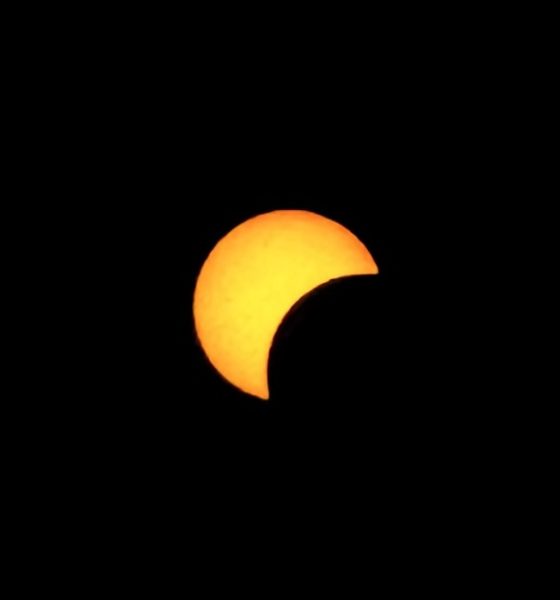
Los Angeles only experienced a partial eclipse this year, with about around 49% of the sun’s area covered, according to CBS News.
Sophomore Alyssa Portnoy traveled with her entire extended family to Dallas to observe the total eclipse. She saw the maximum of the eclipse – “totality” – there starting at 1:42 P.M Central time.
“It was pretty cool,” said Alyssa in an interview when she returned. “I didn’t really know what to expect but it was cool.”
Even a partial solar eclipse is not a usual occurrence anywhere, and a total solar eclipse is even extremely rare. A total eclipse in Los Angeles will not happen for a long time.
“This won’t happen for a few hundred years in this area,” said Mr. Frankel at the schoolwide viewing.
So the science department planned a mandatory program, beginning about half an hour before the moon’s
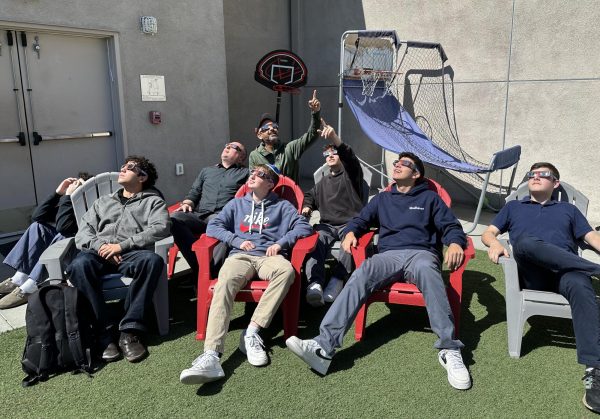
blockage of the sun to extend to its maximum, which in Los Angeles was expected to start at 11:12 a.m. A bell rang at 10:45, sending all students to the turf on the roof to observe.
Many tried to capture the phenomenon of the eclipse through the photo lenses on their phones.
People also took pictures of themselves wearing the glasses.
A tripod, with a phone projecting the image, was set up by Head of School Rabbi David Block, and some students gathered around the tripod.
When the partial eclipse started, the Beatles’ song “Here Comes the Sun” was played on speakers.
“Here comes the moon over the sun,” said Mr. Frankel on the microphone as the song was playing.
Eventually the music stopped and the students became quiet as Rabbi Block began to speak about the event.
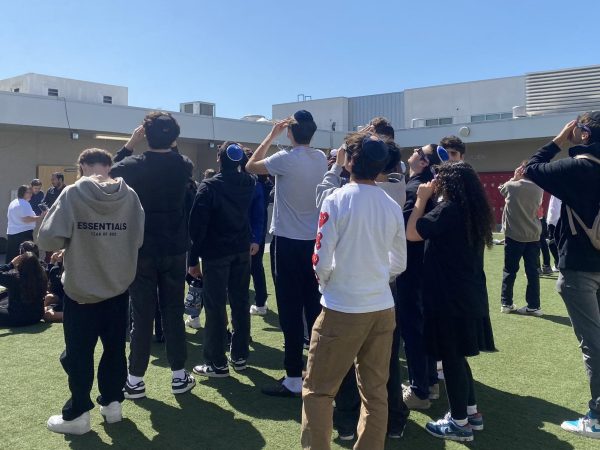
“I love this stuff, as you can see,” said Rabbi Block, offering students the chance to look through his telescope.
Rabbi Block also used the lens of halacha, or Jewish Law, to consider the phenomenon, raising the idea of whether or not to make a bracha, or blessing, on this phenomenon.
“Generally, we do not make a bracha on the eclipse for a few reasons,” Rabbi Block said.
That’s because the sun was not physically different due to the eclipse, he said.
“It’s just being covered,” he said. “So maybe we don’t say a bracha, but at the same time, there’s a really wonderful opportunity to at least recognize the gorgeous world that Hashem created.”
He then considered the idea of saying the bracha for the eclipse without including God’s name, and that was what he recommended. Students and faculty recited the bracha together at the time of the maximum eclipse for Los Angeles.
Rabbi Block then handed the microphone over to the science department. Mr. Chang shared an experiment using a projection of light from an eclipse.
“We have index cards and a hole punch,” Mr. Chang said, “because if you project the light through a hole then it projects the shape of the crescent sun right now.”
At 11:12, murmurs of amazement and awe were heard among the students as they observed the climax of the eclipse, the point where the moon covered the most it could of the sun – 49%.
“It got darker!” said one student at 11:12 A.M.
Despite the fact that it was dangerous and despite being constantly reminded to wear the glasses for protection, a few students were still tempted and curious to see what the sun looked like without the protection of the glasses.
After the climax of the eclipse, students stayed on the roof and continued using their protection glasses until the end of Flex.
Community Editor Martzi Hirsch contributed to this story.

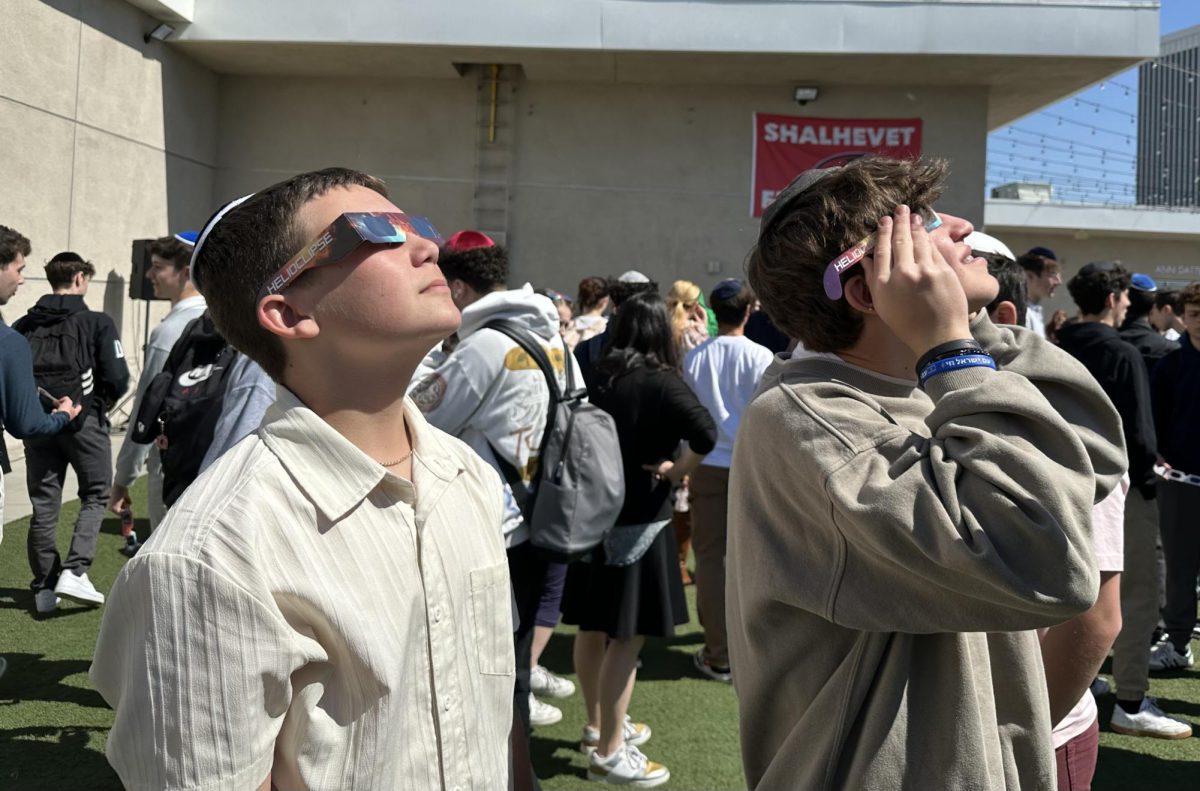

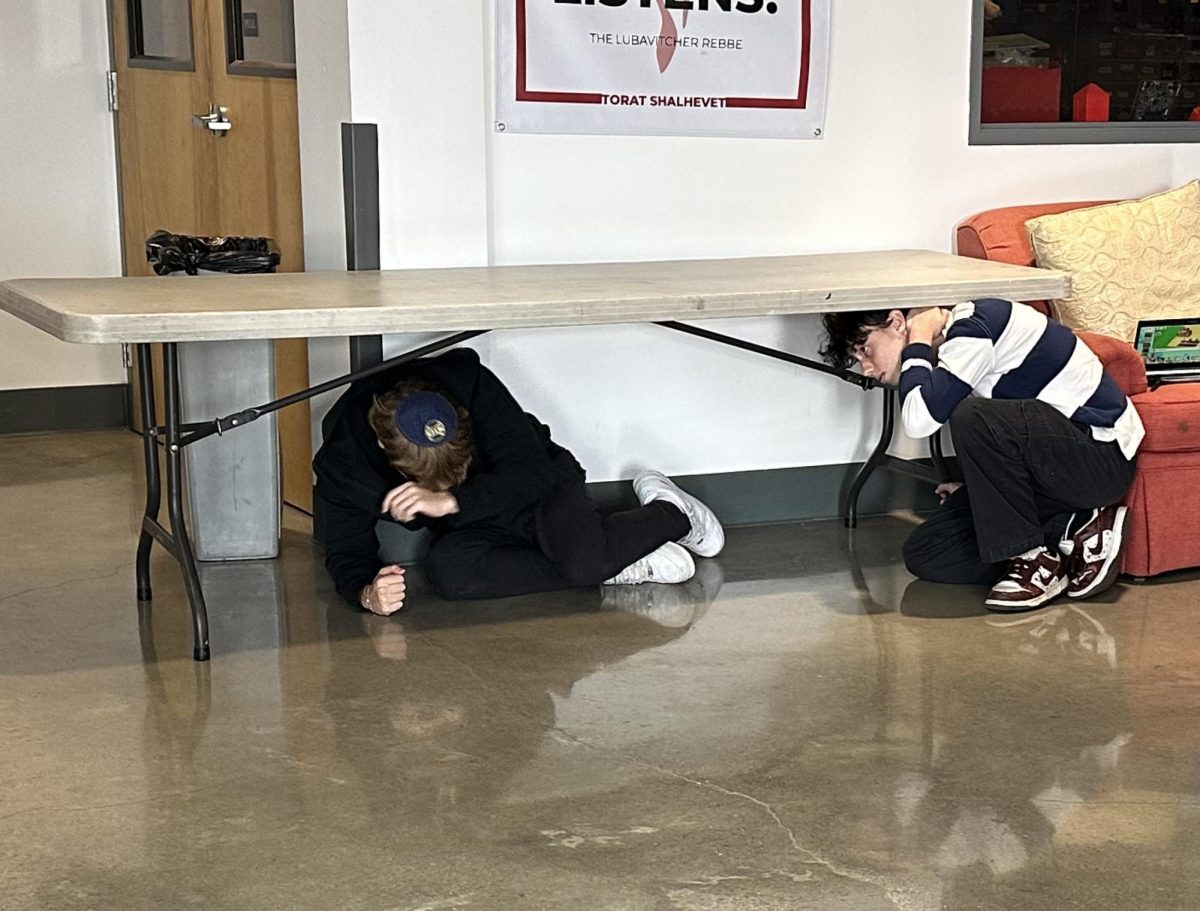
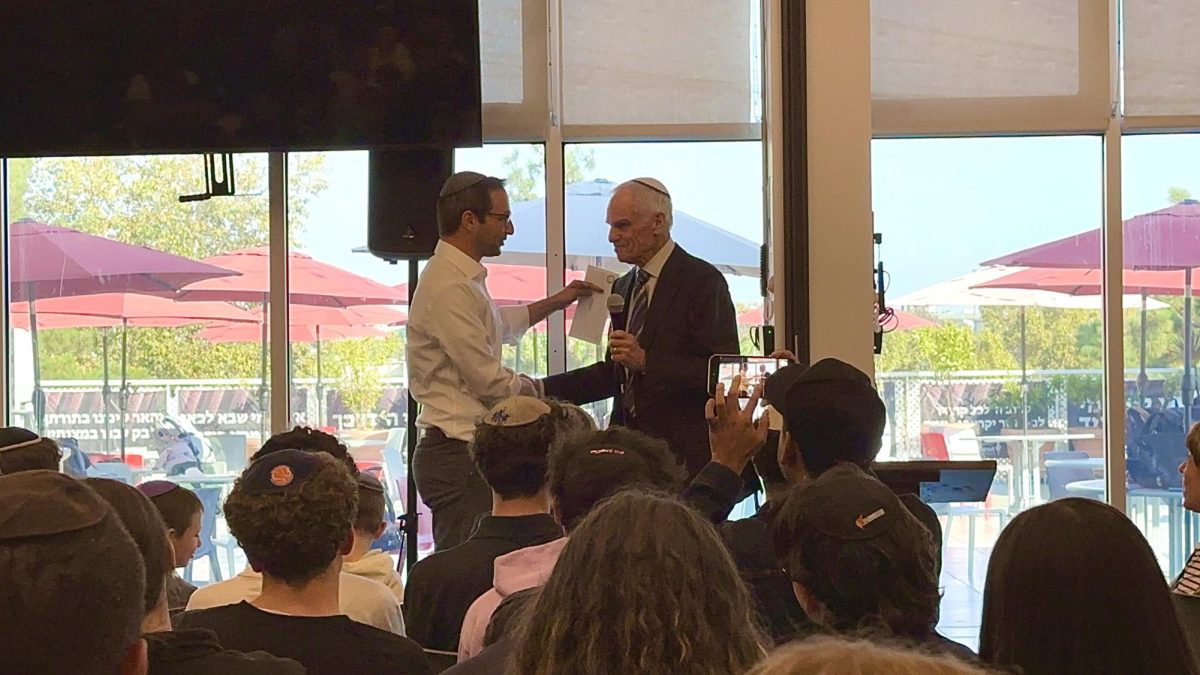
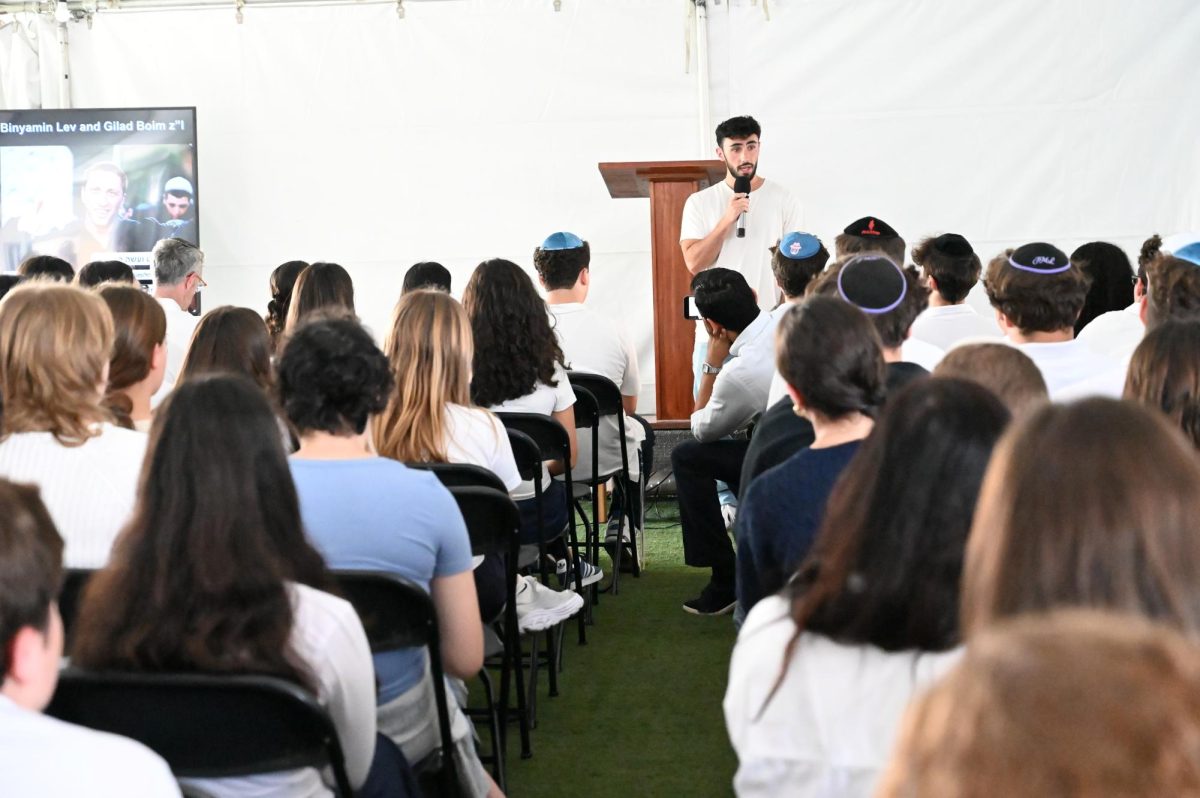
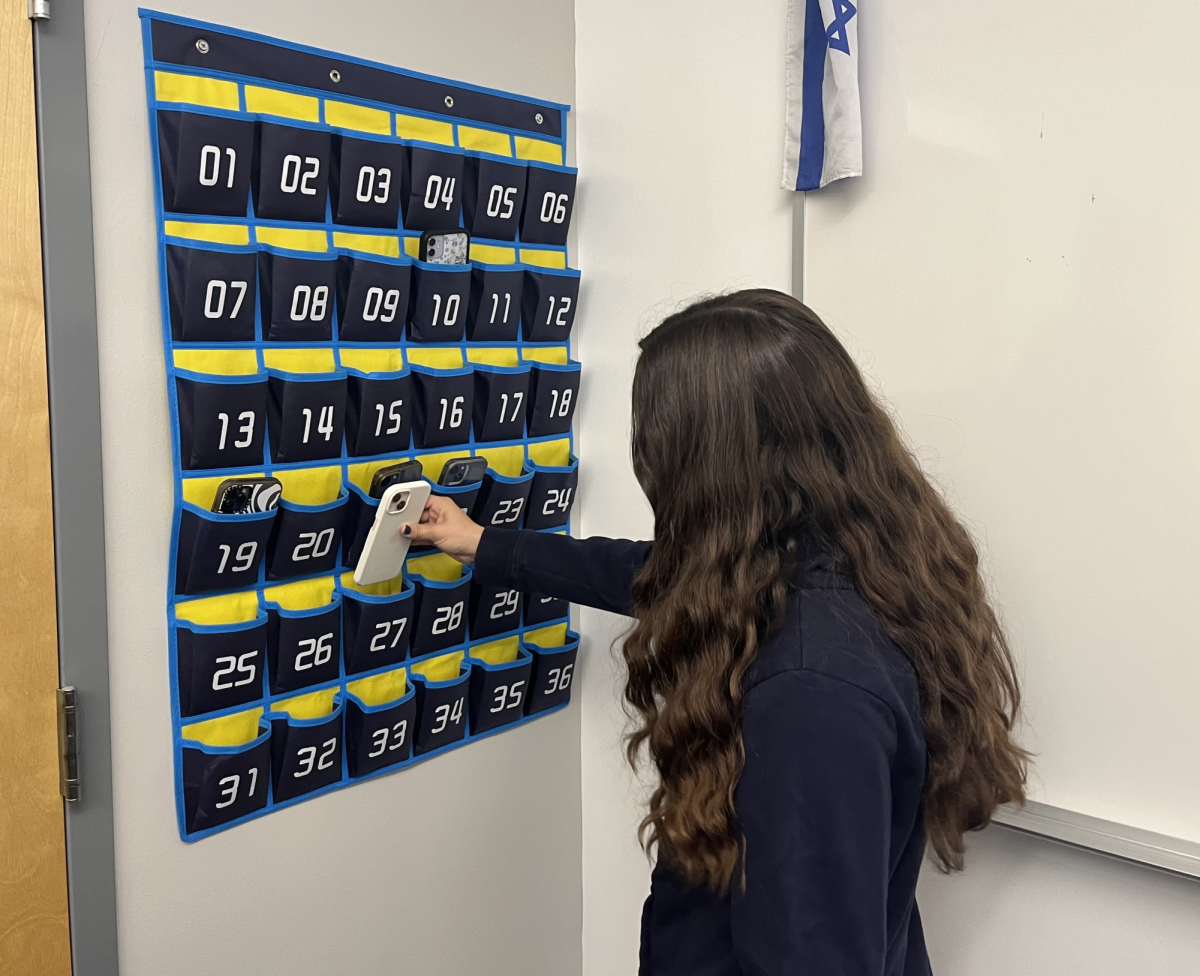
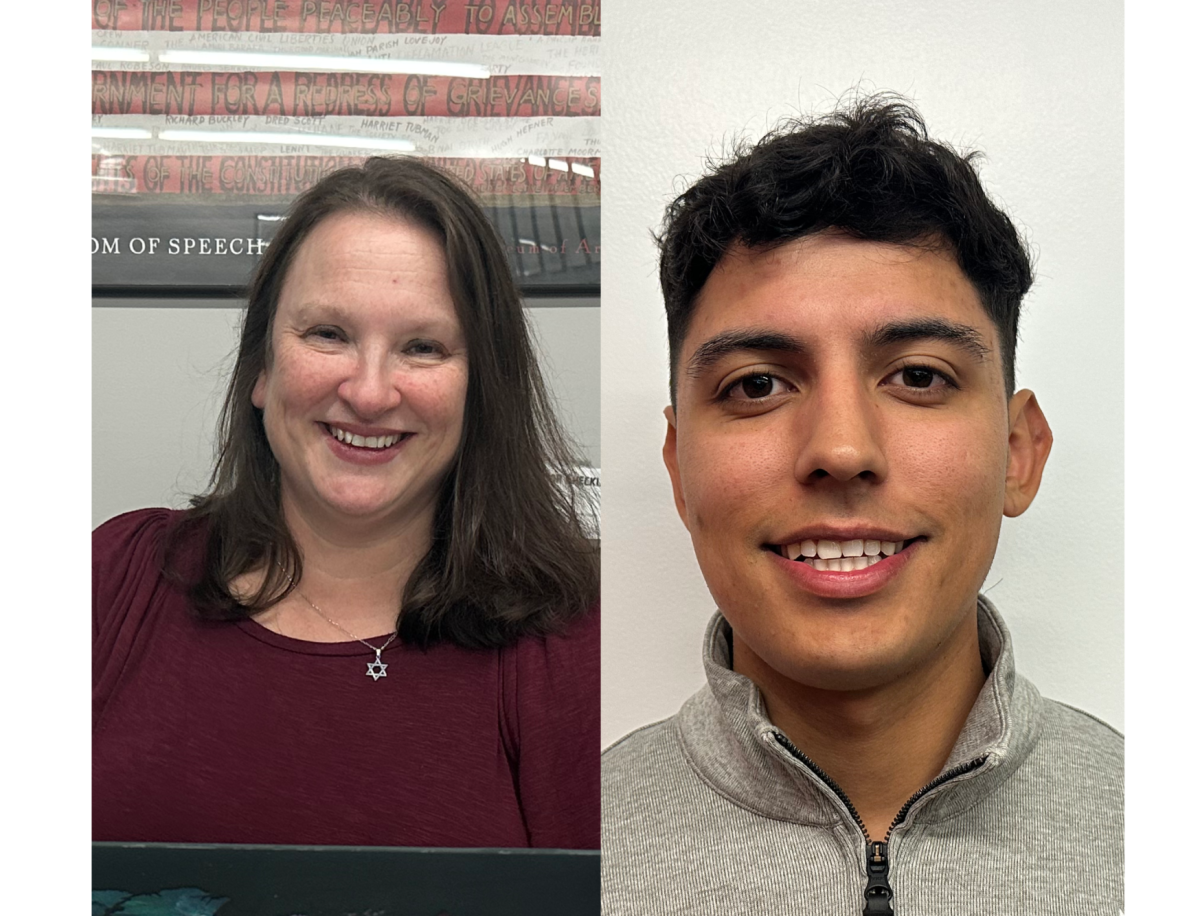
Anonymous • May 20, 2024 at 11:07 am
Go Mindy!